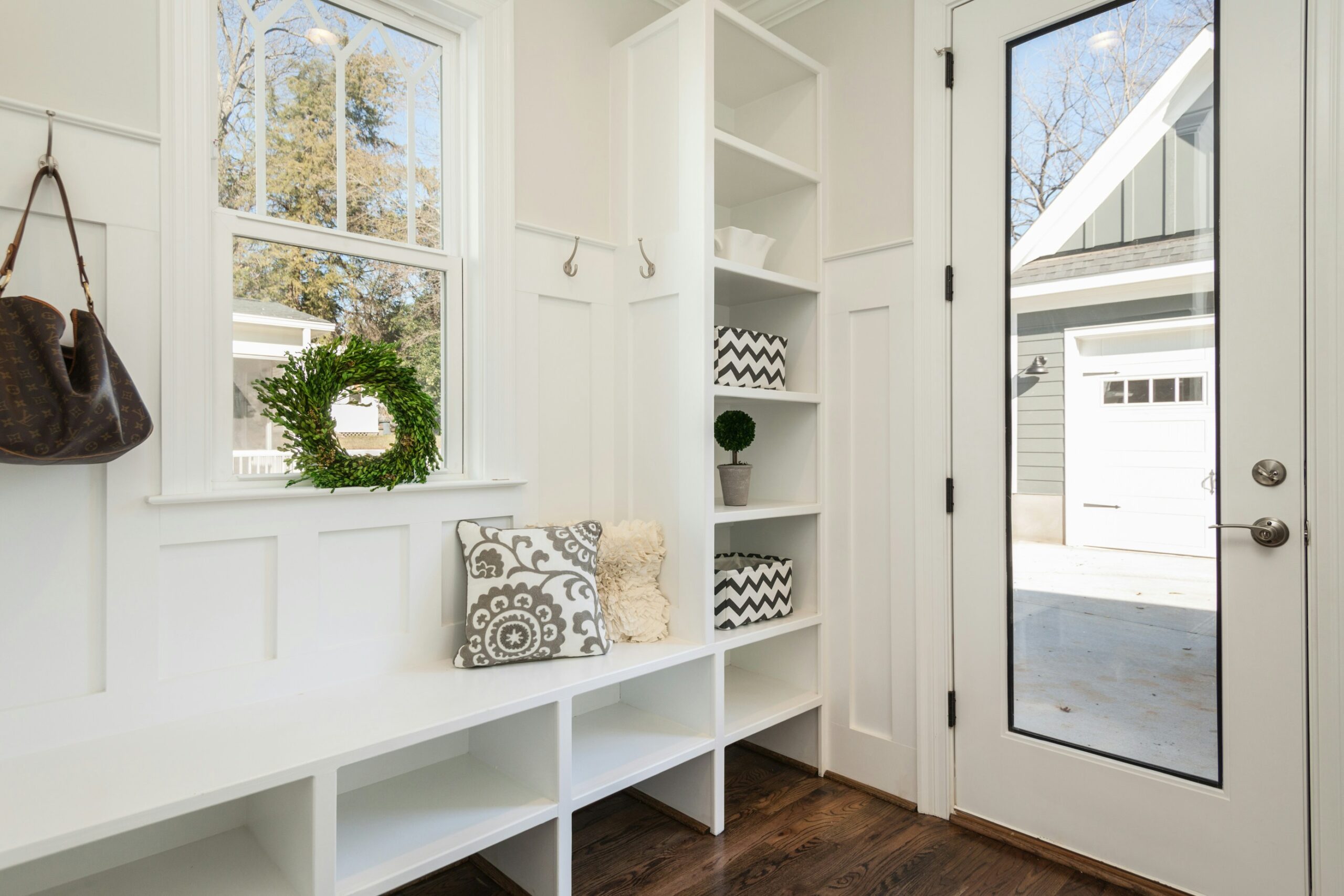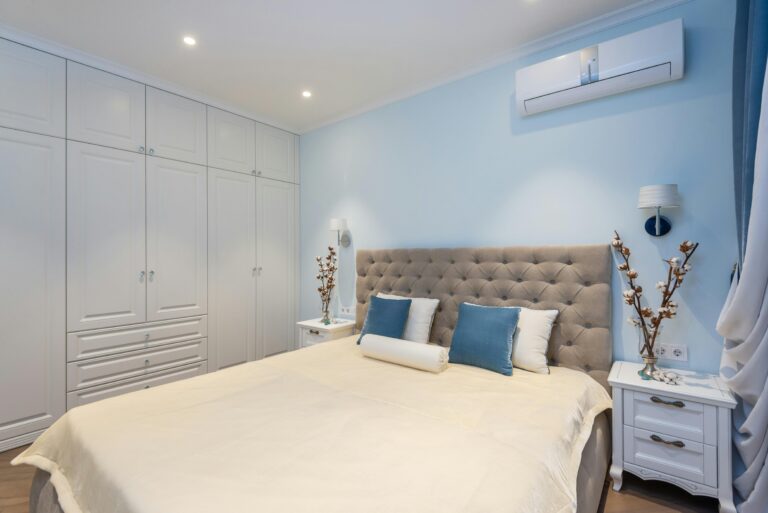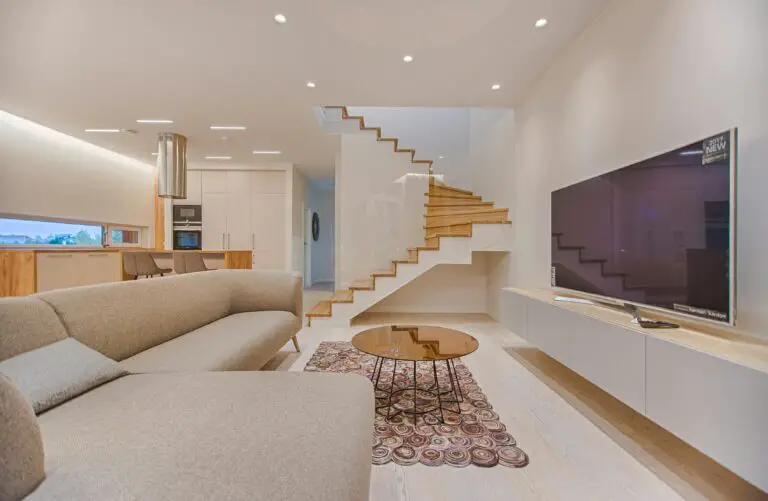A mudroom serves as the gateway between the outside world and the sanctuary of your home, providing a dedicated space to store outdoor gear, accessories, and everyday essentials.
In this guide, we’ll dive into how to create a functional mudroom space that combines practicality with style. From selecting the right furniture and storage solutions to optimizing layout and organization, we’ll walk you through each step of the process.
By the end, you’ll have all the tools you need to design a mudroom that not only meets your family’s needs but also enhances the overall functionality and aesthetic of your home.
Choosing the Right Furniture
When designing a mudroom, selecting the right furniture is essential for creating a space that’s both stylish and functional. Start by assessing your family’s needs and lifestyle to determine which pieces will best suit your space. A bench or seating area provides a convenient spot for removing shoes and boots, while also offering a place to sit while putting them on.
Consider investing in a sturdy coat rack or wall-mounted hooks to keep jackets, coats, and bags organized and off the floor. If space allows, incorporating a storage bench with built-in cubbies or drawers can provide ample storage for hats, gloves, scarves, and other accessories.
Opt for furniture with durable materials that can withstand daily wear and tear, such as wood or metal, and choose pieces that complement the existing decor of your home.
Maximizing Storage Space
One of the primary functions of a mudroom is to provide ample storage for outdoor gear, shoes, and other essentials. To maximize storage space, think vertically and utilize all available wall space. Install shelves, cabinets, or cubbies above benches or seating areas to keep items within easy reach while also preventing clutter on the floor.
Consider incorporating baskets, bins, or labeled containers to corral smaller items like keys, sunglasses, or dog leashes. Hooks or pegs mounted on walls or the backs of doors are perfect for hanging hats, scarves, and bags, while a designated shoe rack or boot tray can keep footwear neatly organized and prevent tracking dirt into the house.
Creating a Functional Layout
The layout of your mudroom plays a crucial role in its overall functionality and flow. Start by assessing the size and shape of your space to determine the best placement for furniture and storage solutions. Consider factors such as traffic patterns, doorways, and existing architectural features when planning your layout.
Ideally, your mudroom should be located near the main entrance to your home, providing easy access for family members and guests alike. Arrange furniture and storage solutions in a way that promotes efficiency and organization, ensuring that frequently used items are easily accessible while less frequently used items are stored out of the way.
Incorporating Design Elements
While functionality is paramount in a mudroom, that doesn’t mean you have to sacrifice style. Incorporating design elements such as color, texture, and decor can help elevate the aesthetic appeal of your space while still maintaining its practicality. Choose a color scheme that complements the rest of your home’s decor, opting for light, neutral tones to create a sense of brightness and openness.
Add visual interest and warmth with textured rugs, throw pillows or window treatments. Consider incorporating decorative accents such as artwork, mirrors, or plants to infuse personality and charm into your mudroom. Just be sure to choose items that are durable and easy to clean, as the mudroom is a high-traffic area that’s prone to dirt and moisture.
Conclusion
Designing a functional mudroom is the key to maintaining a clean, organized, and welcoming home. By following the steps outlined in this guide, you can create a mudroom that not only meets your family’s practical needs but also enhances the overall aesthetic of your space.
From choosing the right furniture and storage solutions to optimizing the layout and incorporating design elements, there are countless ways to transform your entryway into a stylish and functional mudroom that you’ll love coming home to.
Frequently Asked Questions (FAQs)
1. What is the purpose of a mudroom?
A mudroom serves as a transitional space between the outdoors and the interior of your home. Its primary purpose is to provide storage and organization for outdoor gear, shoes, and accessories, helping to keep the rest of the home clean and clutter-free.
2. How do I design a mudroom if I have limited space?
Even with limited space, you can still create a functional mudroom by focusing on smart storage solutions and maximizing vertical space. Choose furniture that serves multiple purposes, such as a bench with built-in storage or wall-mounted hooks and shelves. Consider utilizing underutilized areas, such as the area beneath stairs or narrow hallways, to create a compact yet efficient mudroom.
3. What are some essential items to include in a mudroom?
Some essential items to include in a mudroom include a bench or seating area for removing shoes, a coat rack or hooks for hanging jackets and bags, a shoe rack or boot tray for footwear storage, and baskets or bins for organizing smaller items like keys and gloves. Additionally, you may want to incorporate a designated spot for umbrellas, pet supplies, and seasonal accessories.
4. How can I keep my mudroom clean and organized?
To keep your mudroom clean and organized, establish a daily routine for tidying up and putting items back in their designated places. Regularly declutter and purge items that are no longer needed or used. Invest in durable storage solutions that can withstand dirt and moisture, and consider adding easy-to-clean flooring and wall surfaces to make cleaning a breeze.
5. How can I make my mudroom more welcoming?
To make your mudroom more welcoming, incorporate design elements such as color, texture, and decor that reflect your personal style and the overall aesthetic of your home. Add comfortable seating, soft lighting, and decorative accents to create a cozy atmosphere. Consider incorporating personal touches such as family photos or artwork to make the space feel more inviting and personalized.



